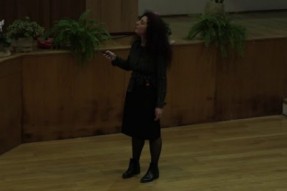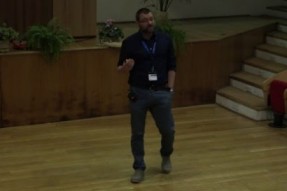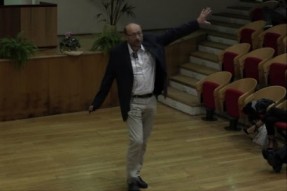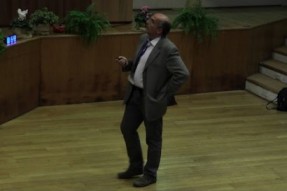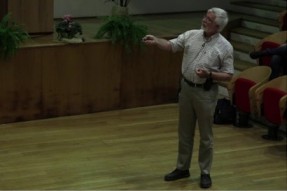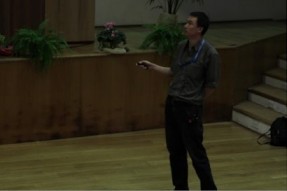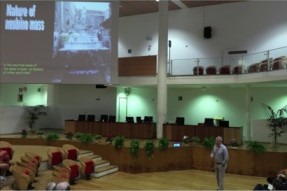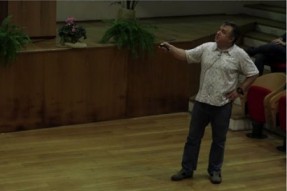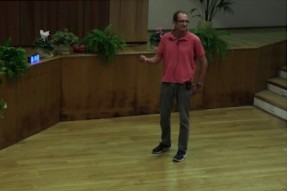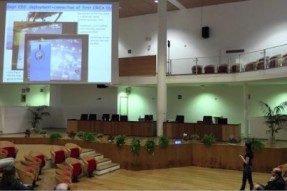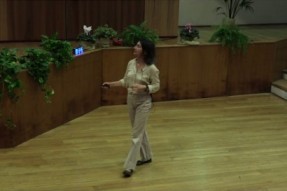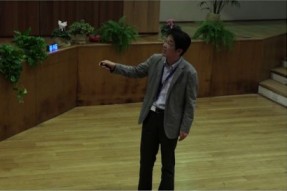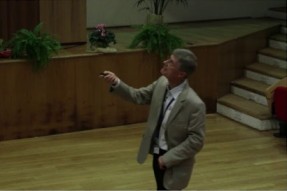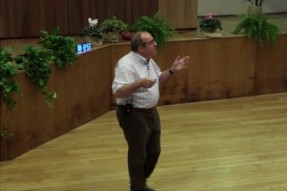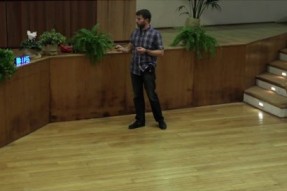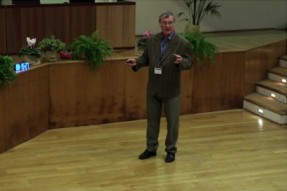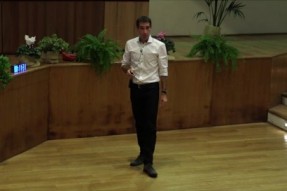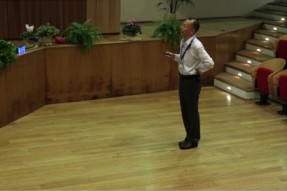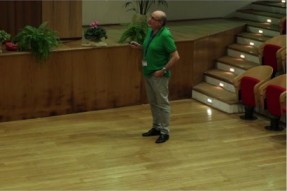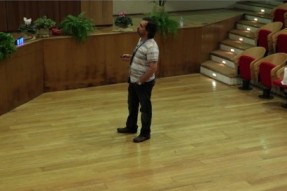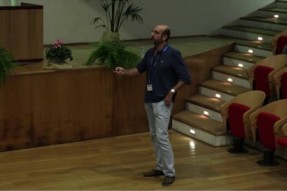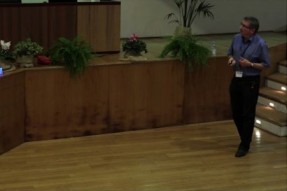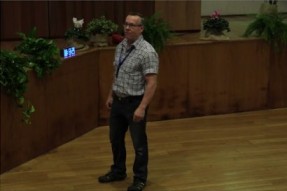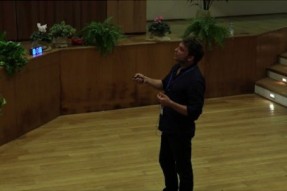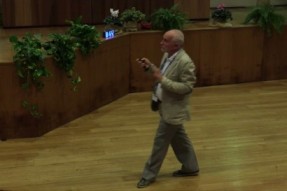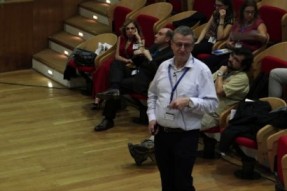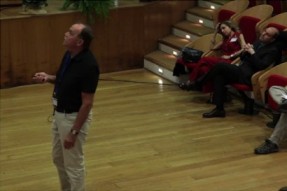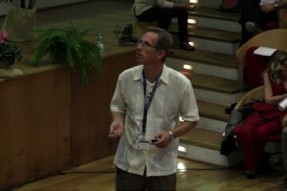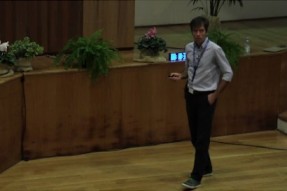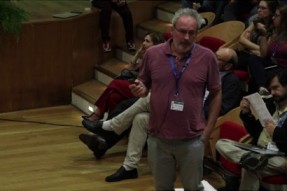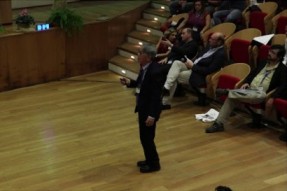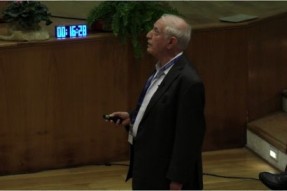Astrophysical observations at all scales provide indisputable evidence for the existence of an invisible and dominant mass component in the observable universe. The nature of this dark matter remains one of the greatest challenges of modern physics. The leading hypothesis is that dark matter is made of new elementary particles, with a vast range of masses and interaction cross-sections with normal matter. A well-motivated class of candidates are Weakly Interacting Massive Particles (WIMPs). One way to search for WIMPs is through their scattering off atomic nuclei in low background detectors placed deep underground.
I will discuss the XENON1T dark matter experiment ongoing at the Gran Sasso Laboratory, the first to use thousands of kilograms of liquid xenon as WIMP target and detector material. XENON1T has demonstrated an unprecedented low background and the best sensitivity over a wide range of WIMP masses. The upgrade to a larger detector will also be discussed.
"CNNP 2017 - Conference on Neutrino and Nuclear Physics" (Catania, 15-21 October 2017)
Vedi anche
- Bellezze e sporcizia nell'Universo
- Simmetria: la ricerca di ordine in natura
- Structure of proton-rich nuclei via mirror beta decay and charge exchange reactions
- Developments and applications of Micro-Pattern Gaseous Detectors (MPGD): a concise review
- Novel approaches to the nuclear physics of double beta decay
- DAMA/LIBRA results and perspectives
- The SOX experiment at LNGS for the search of sterile neutrinos
- The HALO and HALO-1kT Supernova Detectors
- Low-energy neutrino experiment at Jinping
- Theory of neutrino masses and mixing
